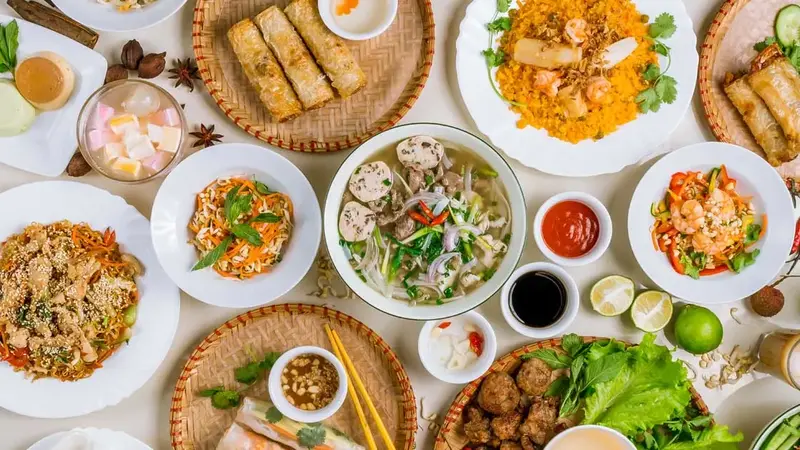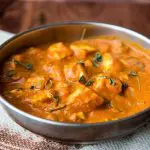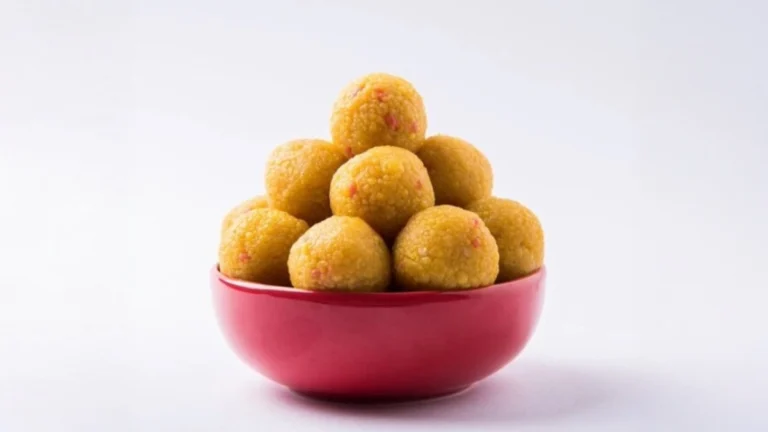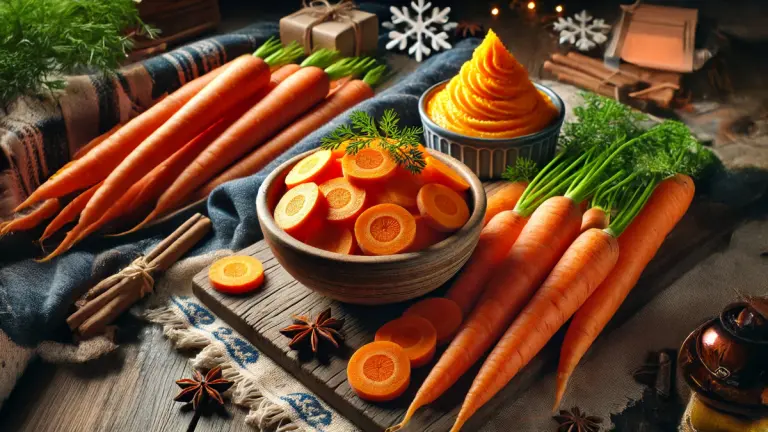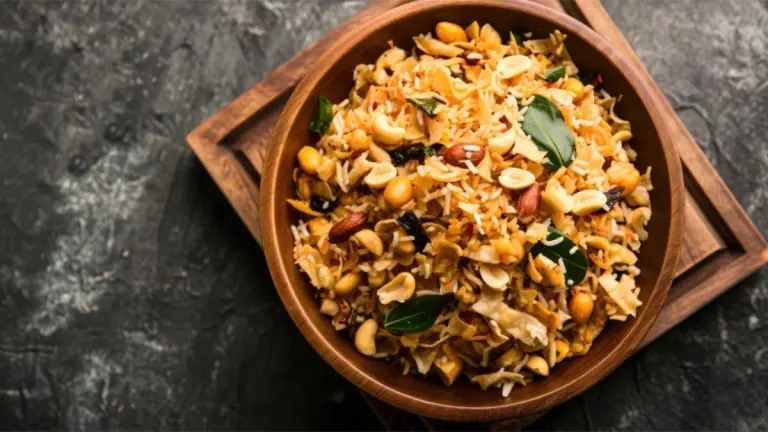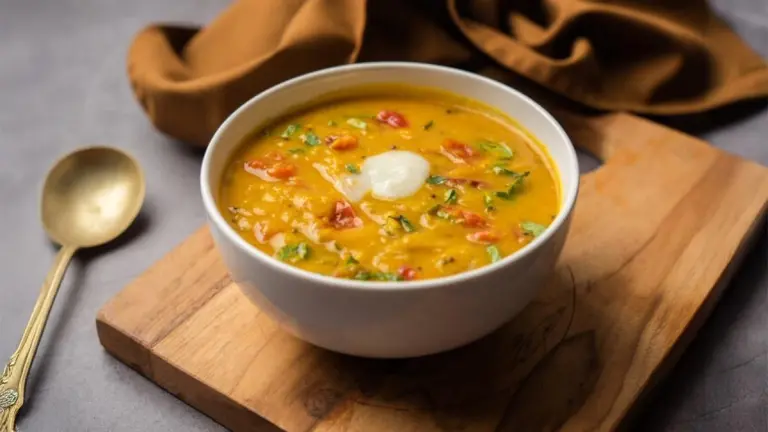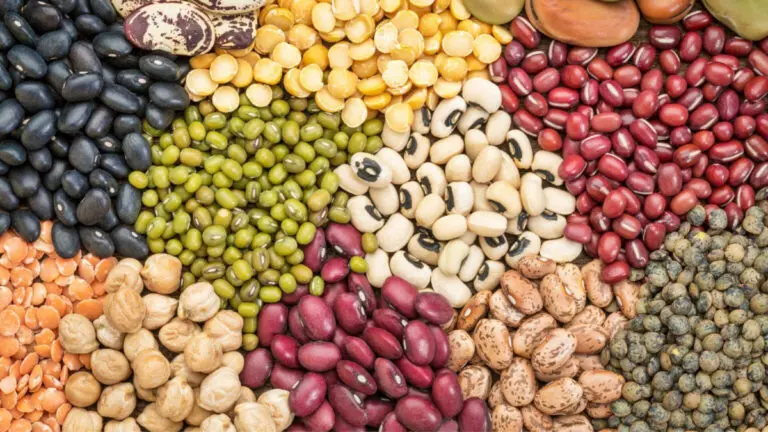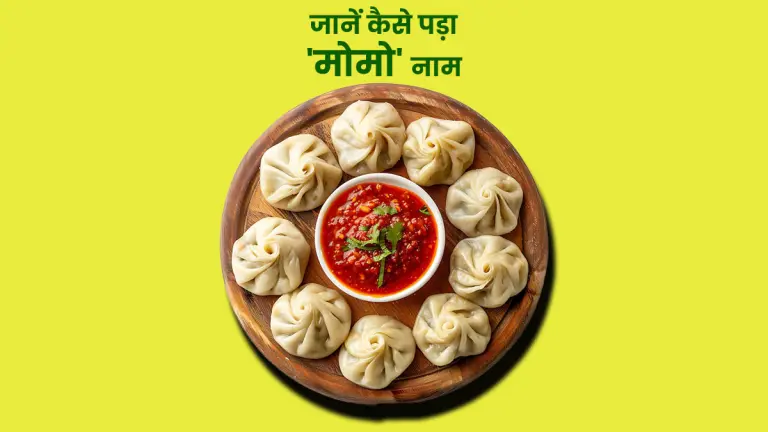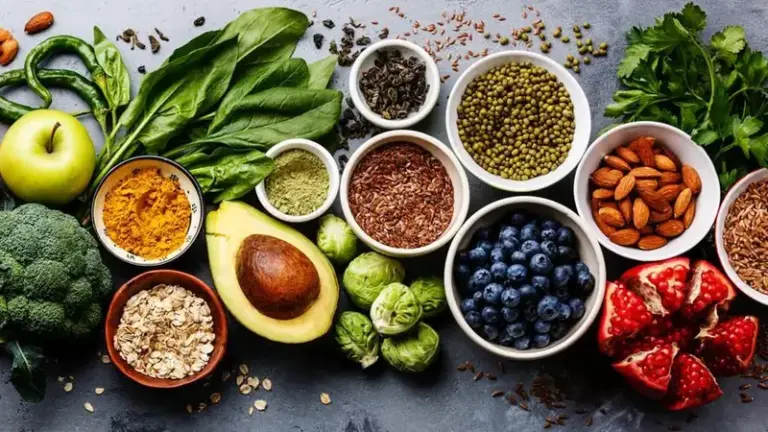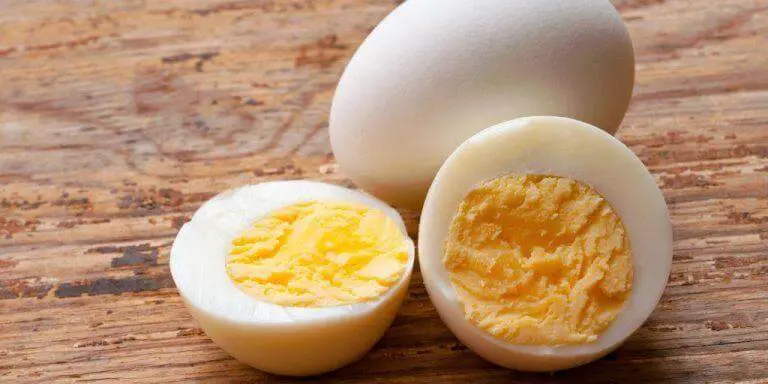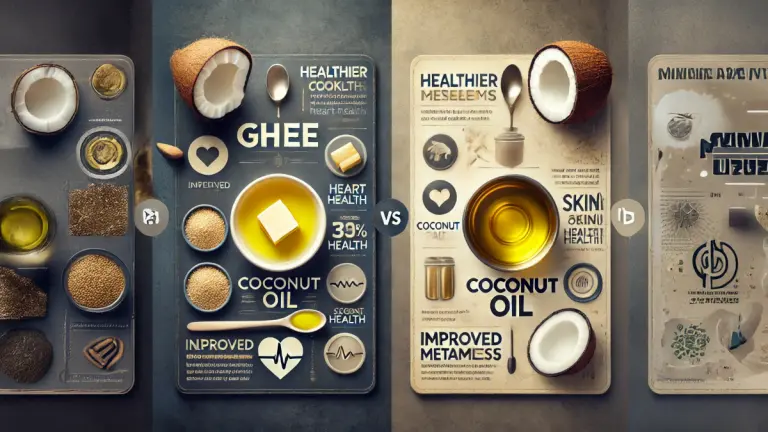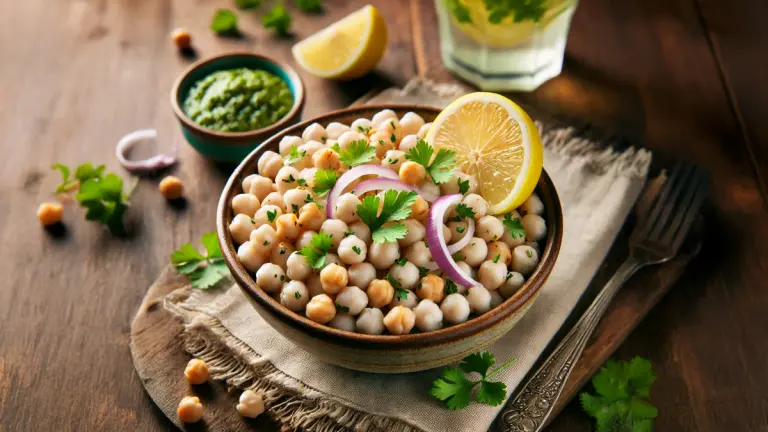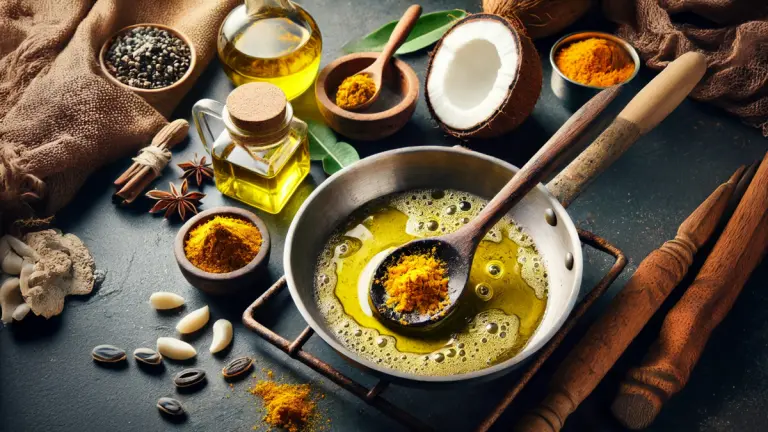Vietnamese cuisine is renowned for its vibrant and diverse flavors, fresh ingredients, and the harmonious balance of textures. Influenced by its rich cultural heritage and regional variations, Vietnamese cuisine offers a tantalizing culinary experience that combines simplicity, freshness, and complexity.
This article explores the essence of Vietnamese cuisine, its key ingredients and techniques, popular dishes, and its cultural significance
Culinary Influences and Regional Variations
1.1. Historical and Cultural Influences:
Vietnamese cuisine reflects the country’s history of colonization and cultural exchange. Chinese, French, and Southeast Asian influences have shaped the flavors, cooking techniques, and ingredients used in Vietnamese dishes.
1.2. Regional Variations:
Vietnam is divided into three main regions: Northern, Central, and Southern. Each region has distinct culinary characteristics and specialties. The North is known for its lighter flavors and subtle dishes, while the Central region offers spicier and more complex flavors. The South is renowned for its vibrant street food and fusion cuisine.
Key Ingredients and Flavors of Vietnamese cuisine
2.1. Herbs and Aromatics:
Vietnamese cuisine heavily relies on an array of fresh herbs and aromatics, such as cilantro, mint, Thai basil, lemongrass, and ginger. These ingredients add fragrance, brightness, and depth to dishes.
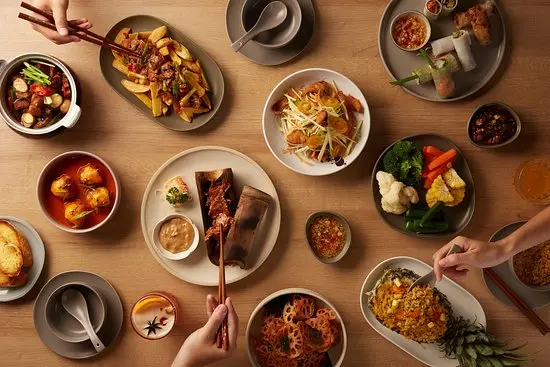
2.2. Fish Sauce and Soy Sauce:
Fish sauce, known as “nuoc mam,” is a staple in Vietnamese cooking. It is made from fermented fish and adds a distinctive savory umami flavor to dishes. Soy sauce is also commonly used for seasoning and enhancing the flavors of various dishes.
2.3. Rice and Rice Products:
Rice is a staple in Vietnamese cuisine and is often consumed in the form of steamed rice, rice noodles, and rice paper wrappers. Rice products like rice flour and rice vermicelli are essential components of many traditional dishes.
2.4. Fresh Vegetables and Fruits:
Vietnamese cuisine emphasizes the use of fresh vegetables and fruits. Commonly used vegetables include bean sprouts, lettuce, cucumber, and water spinach. Fruits like mango, papaya, and dragon fruit are often incorporated into salads and desserts.
Cooking Techniques and Popular Dishes
3.1. Stir-Frying and Sautéing:
Stir-frying and sautéing are popular cooking techniques in Vietnamese cuisine. Dishes like “Bo Luc Lac” (shaking beef) and “Ca Kho To” (caramelized fish) showcase the mastery of these techniques, resulting in flavorful and tender dishes.
3.2. Steaming and Boiling:
Steaming and boiling are used to prepare delicate and light dishes. “Goi Cuon” (fresh spring rolls) and “Pho” (Vietnamese noodle soup) are prime examples of dishes that showcase these techniques.
3.3. Grilling and Barbecuing:
Grilling and barbecuing are integral to Vietnamese cuisine, adding smoky flavors to various meats and seafood. “Banh Mi” (Vietnamese sandwich) with grilled meats and “Thit Nuong” (grilled pork) are beloved dishes that highlight these techniques.
3.4. Popular Vietnamese Dishes:
- “Pho”: A flavorful noodle soup with rice noodles, herbs, and various cuts of beef or chicken.
- “Banh Mi”: A French-influenced Vietnamese sandwich filled with a combination of meats, pate, pickled vegetables, and fresh herbs.
- “Goi Cuon”: Fresh spring rolls filled with shrimp, pork, herbs, and vermicelli noodles, served with a peanut dipping sauce.
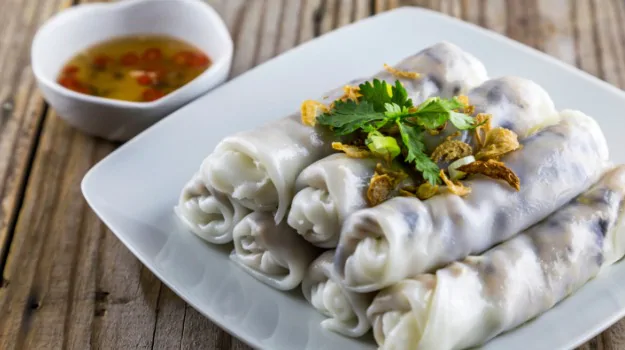
- “Bun Cha”: Grilled pork served with rice vermicelli, fresh herbs, and a sweet and tangy dipping sauce.
- “Com Tam”: Broken rice served with grilled meats, pickled vegetables, and a fried egg.
Cultural Significance
4.1. Family and Community:
Vietnamese cuisine embodies the importance of family and community. Meals are often shared, fostering a sense of togetherness and unity.
4.2. Street Food Culture:
Vietnam is renowned for its vibrant street food scene. Sidewalk vendors offer an array of dishes, providing an opportunity to experience the local flavors and culinary traditions.
4.3. Traditional Festivals and Customs:
Vietnamese cuisine is deeply intertwined with traditional festivals and customs. Special dishes are prepared and shared during celebrations such as Tet (Lunar New Year) and Mid-Autumn Festival, reflecting the cultural significance of food in these events.
Vietnamese cuisine is a treasure trove of flavors, techniques, and cultural traditions. From the fragrant bowls of pho to the satisfying crunch of banh mi, Vietnamese cuisine offers a culinary journey that delights the senses. Its emphasis on fresh ingredients, harmonious flavors, and regional diversity make it a beloved cuisine worldwide. Exploring Vietnamese cuisine not only satisfies the palate but also provides a deeper understanding of Vietnam’s rich cultural heritage. So, immerse yourself in the world of Vietnamese cuisine and embark on a culinary adventure like no other.

